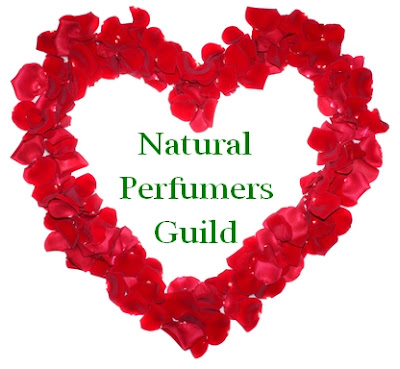Vanilla Flower Love in Miami - plus some edible and perfumery plants

The aglaia tree in the front garden is in full bloom, the mimosa, too! Yet, my heart is pulled to the shady area on the back fence, where my vanilla vine is budding out. Probably due to the warm winter, the vine, which rambles in and out amongst three varieties of jasmines, is full of buds. I've never seen so many on it, and I've had it 24 years! I may succumb to the fantasy that I'll be able to pollinate the buds when they open. There's a very specific way to bend a small paintbrush to reach inside. I think it's angled to 40 degrees, and I'll have to check the specifics. There is a moth that pollinates it in Madagascar and other regions where it's grown commercially, an I don't think that moth lives here in Miami. I've also read how laborious it is to properly age and develop the vanillin in the beans once they are harvested. DON'T look to eHow for any advice! Mercy, how wrong they are on everything. There are severa...











